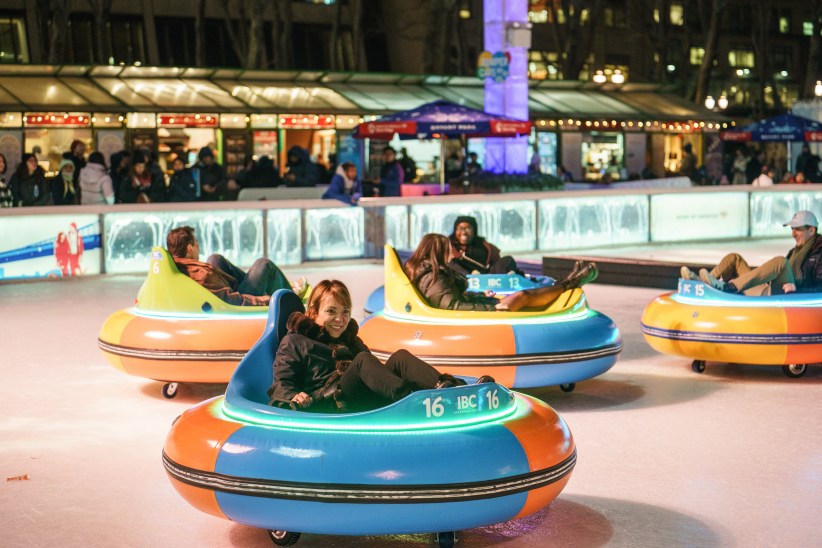A list of helpful tips to think about before jetting off to your foreign destination.
Time it right. Plan travels abroad to be 10 or more days. This includes two days en route.
Put it in perspective. Establish trip priorities and evaluate them based on your child’s age, personality, and interests. Look at the sites from his perspective. Focus on places your child has heard about and wants to see.
Mix things up. Don’t over-plan or sightsee all day, everyday. Mix structured activities with free time for your child to play at the park, shop, or swim at your hotel. The hotel concierge can direct you to local family-friendly places.
Get a guide or map it out. When considering a tour, get a guide to make it more interesting. Expect that certain parts of the tour won’t be fun, so bring snacks, toys, and books to keep your child occupied. If you opt out of a tour, get a map of the museum or site in advance to highlight those items you want to see, so you can get in and out if need be.
At-home primers. Help your child prepare in advance. Look at globes and maps to get a distance perspective. Read child-friendly travel books and fiction titles set in the destination, watch related movies and television shows, and view virtual tours of sites online. Teach your child a few basic words from the given language. Ask his teacher if there is an upcoming unit on your destination to help your child prepare.
Journal events. Purchase a journal for your child to take along. Have him record not only what he saw, but also personal impressions. Purchase a camera so he can take pictures and create a photo album or scrapbook.
Travel entertainment. Before flying, find out what kind of entertainment is on the plane. Buy a portable DVD player; bring favorite books, toys, games, and snacks; and wrap up small gifts for the flight. Lay out expectations for your child in advance so he knows there will be a designated time for playing, watching TV, reading, eating, and sleeping.
Adjust to jet lag. Ease the discomfort of jet lag by staying awake the first day as long as you can. Leave that day open and flexible.
Find the right accommodations. Many hotels in historic districts are small with twin- instead of double-sized beds. E-mail the hotel manager in advance and ask about bed and room sizes. Consider connecting rooms to give your family more space. Resorts may offer more room space with amenities your family may enjoy. Ask about equipment on location, so you don’t have to bring extra items along. When traveling with young children, choose one accommodation that is close to all the sites you want to see. This avoids having to juggle infant belongings from one place to another.
Culinary adjustments. In many foreign countries dinner starts at a later time. Also, different foods may not be palatable to your child. Bring along familiar snacks and foods, but encourage your child to try new things.
Take on transportation. Use public transportation in larger cities. Hop-on, hop-off buses allow you to stop at sites you want to see. In many parts of the world, trains are far reaching and a great way to travel distances. If you are going outside the city, weigh the option of renting a car with your comfort level of driving.
Prepare for emergencies. Most touristy locations have medical facilities with English-speaking doctors, but check your insurance policy before your go. Most policies, even good ones, don’t cover medical in foreign countries. If yours doesn’t, get travel insurance that covers medical.






















